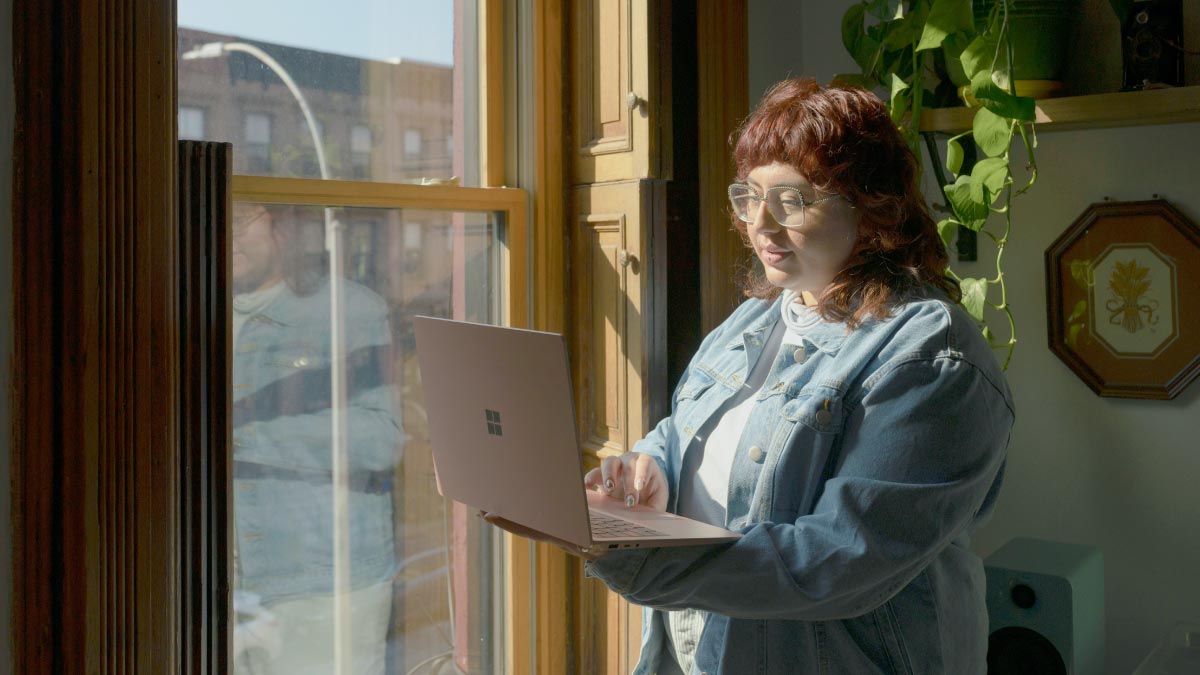Many first time buyers are becoming increasingly intimidated by the unpredictability of the property market. With the cost of living crisis, rapidly increasing house prices and rising costs of utilities, buying a house and saving up for a deposit can definitely appear more challenging than it was just a couple of years ago.
The well renown ‘Help to Buy ISA’, a type of saving account that allowed first time buyers to save for a mortgage deposit, and then claim a government bonus to buy their first property has been closed to new applications since 2019. As one of the most popular and effective government schemes to help first time buyers get onto the ladder, many of those who missed out can now feel stuck looking for other alternatives that will provide them with help to purchase their first property.
The good news is, the UK government is currently working on implementing new solutions that aim to make home ownership more accessible to the general public. At a recent press conference, Prime Minister Boris Johnston had expressed the government’s concern with the current housing situation, and how they are looking at solutions that can be implemented over the next couple of years to “turn generation rent, into generation buy”.
What are First Time Buyer schemes
First time buyer schemes, are schemes or programmes implemented by the UK government with the intention of making home ownership more accessible. As house prices rapidly increase, UK citizens are finding it more and more difficult to raise capital for their home deposits. According to an analysis conducted by Halifax, the average price of UK home has risen by a whopping 207 percent over the last 20 years.
As house prices rise, so does the required deposit for future home buyers. The 10% which is usually on the lower range of what’s required by to put down by first time buyers, means significantly more now than it did just 10 years ago. This pushes home ownership completely out of reach for a substantial amount of people, particularly those within the median UK wage range.
First time buyers schemes, have emerged and closed over the years, with each one holding different criteria for applicants and bearing different benefits. Below we have outlined some of the ones that are available as of June 2022.
Lifetime ISA
A lifetime ISA, also sometimes referred to as LISA, is a type of savings account that help individuals save for buying their first house or retirement. What differentiates lifetime ISAs from regular saving accounts, is that lifetime ISA’s offer a bonus of 25% of your overall savings every tax year.
To open a Lifetime ISA saving account, you must be aged 18-39, and you can continue adding to your ISA account until you’re 50 years of age. There is a £4000 cap on how much you can save annually, which would give you an additional bonus of £940 in savings each year. The lifetime ISA is comparable to the previously popular ‘Help to Buy ISA’ scheme, which was designed solely for saving for a house deposit.
One thing to keep in mind when opening Lifetime ISA, is that you can only withdraw money when purchasing your first home, or in the case of using your savings as a retirement fund - when you turn 60 years of age. In the case of needing to withdraw the money early, or for different purposes, you will be charged a fee of 25% of the overall value of your saving account.
Help to Buy Equity loan
The Help to Buy Equity loan scheme was designed in order to help aspiring first time buyers purchase their first home even if they do not have a sufficient amount of money for a deposit. The help to Buy Equity loan is available in England, Scotland and Wales only, with slight variations in the criteria within each country.
The scheme works by allowing first time buyers to to get a loan of up to 20% of the property value, or 40% in London, which is interest free for the first five years and can be dedicated towards a house deposit. There is a cap on the maximum property value depending on your location to avail of the scheme. For example, in London, individuals can purchase a property of up to £600,000, whereas in other parts of England, Scotland and Wales the maximum property value will be much lower.
It’s important to remember, this loan is only available to those who are buying a new-built property only. Therefore it cannot be used when looking to purchase a house that has been previously lived in. You can also only reserve homes that are built by Help to buy registered homebuilders, which can make the house hunting process even more difficult.
Once you do find a suitable property, you can put in a minimum of 5%, and borrow up to an additional 20% (or 40% if living in London) to contribute to your deposit. You can then go through the normal mortgage process to cover the remaining price of the property.
Shared ownership
Shared ownership allows first time buyers who may not be able to afford to pay a full value of a home a chance to share ownership, and therefore the price of the property by buying a stake, usually between 25 to 70% of the home. This is the percentage they will pay mortgage repayments on, whilst paying a small amount of rent towards to a housing association or private developer.
For example, if you own a 40% share in a property under the shared ownership scheme and pay £300 a month in rent for the 60% of the property you do not own, you can buy an additional 30% of the property to cut your rent payments in half, as you will now only have to pay rent on the remaining 30% of the property you do not own.
This is a good option for those who may be stuck in a rental loop, and wish to settle in a property they can treat like their own, without having to put down the same deposit as they would if buying a property outright.
It’s worth mentioning that even though you do not fully own the property, under the shared ownership scheme you will most likely be responsible for any maintenance and renovation costs. The process of a selling your stake in the property is also more difficult.
To sell a property under the shared ownership scheme, you have to go through a process known as ‘first refusal’. This involves your housing provider to searching for an appropriate buyer, who will be willing to purchase your percentage of the home, and fills the eligibility criteria. This process can often be lengthy and more difficult than finding a buyer for a home you fully own.
If you would like to discuss the options available to you to help you get on the housing ladder, as well as get free mortgage advice, book a call with out of our experienced mortgage brokers who will be able to guide you and help you get clarity on the mortgage journey.

